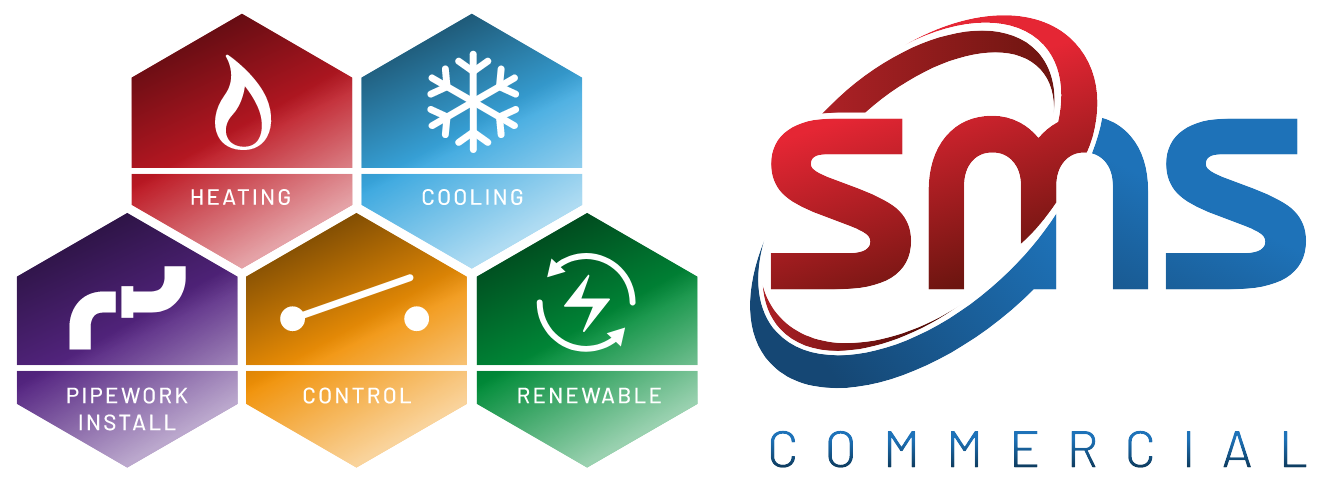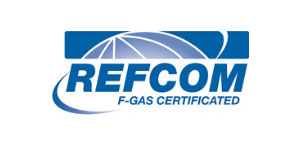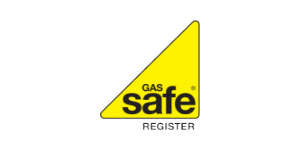This is the month that the clocks change, & many of us reluctantly give into the urge to turn on the heating & look for a thicker jumper. Of course, it may be with the vagaries of the British weather that you are reading this column while enjoying a late Indian summer. Figures vary widely about how much of the country’s emissions is accounted for as a result of heat lost from buildings. In some estimates, it is a high as 37 percent. However, with only 15 percent of the nation’s housing stock built since 1990, when higher standards for insulation became the norm, it doesn’t come as that much of a surprise that our buildings, be they domestic or commercial, are a huge challenge when it comes to meeting the Government’s target of net zero carbon emissions by 2050. Alongside this is the new, much heralded, ‘green recovery’, a package of environmental, regulatory & fiscal reforms that the Government is proposing to help stimulate the economy. Both of these could, & even should, act as a stimulus for all of us to think again about the type of energy we are using & how can use is most efficiently.
There are several things that we can do that will help to optimise the efficiency of our heating systems. Many public buildings such as schools & council offices, will still be using old, inefficient, gas fired boilers to provide both their hot water & heating. One obvious quick fix is to replace these boilers with high efficiency condensing boilers. These are water heaters fuelled by gas or oil, which achieve high efficiency (typically greater than 90% on the higher heating value) by condensing water vapour in the exhaust gases & so recovering its latent heat of vaporisation, which would otherwise have been wasted. Adding the appropriate additional controls including timers & thermostats ensures even greater efficiency. However, if this is not feasible even relatively simple measures such as regular maintenance of the existing systems can make a difference. In addition, taking time to look at & understand how both the space within the building is used & the occupancy patterns may offer some surprising results. The heating requirements for a dozen individual offices on one floor, all occupied by individuals from 9-5, 5 days a week will be very different from the requirements of that same space, now an open plan office for 20 people, of whom only five may be in the office at any one time. Another option may be to consider separating the heating & hot water requirements.
If you would like advice & guidance on how you can ensure your heating & hot water systems are operating at the optimum level for both the environment & your bottom line then please contact Kevin Tarbox, Email: info@smsmaintenance.com Tel: 01635 33363










